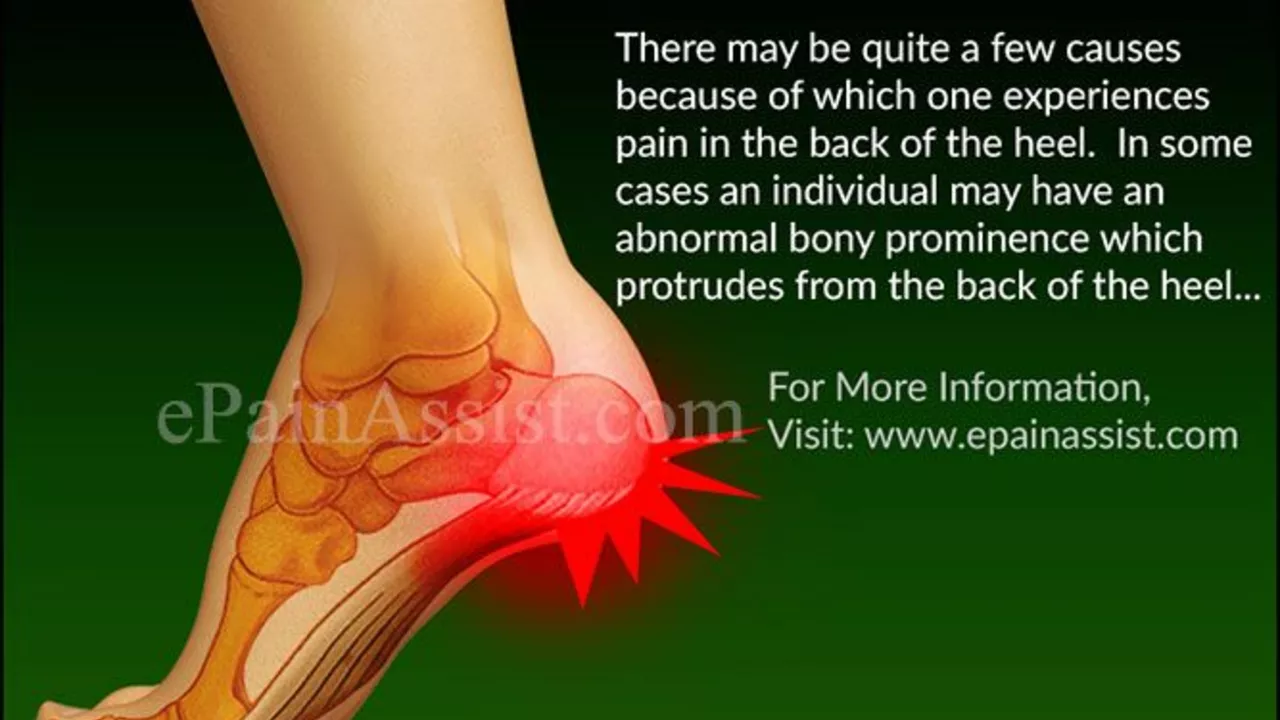Preventing Tendonitis: Easy Ways to Keep Your Tendons Strong
Tendon pain can sneak up on anyone who moves a lot—whether you lift weights, run, or just type all day. The good news is most cases are avoidable with a few everyday habits.
Warm‑up and Stretch Smartly
A quick warm‑up gets blood flowing and makes your tendons more flexible. Spend five minutes doing light cardio—jog in place, jump rope, or walk briskly. Follow that with dynamic stretches like arm circles, leg swings, and ankle rolls. Save static stretching (holding a stretch) for after the workout when muscles are already warm.
Build Strength Gradually
Weak muscles force tendons to work harder, which raises injury risk. Add resistance exercises that target the same joints you use most—think calf raises for runners or wrist curls for typists. Start with low weight or body‑weight moves and increase load by no more than 10 % each week.
Don’t forget eccentric training (slowly lowering a weight). Research shows it’s especially good for tendons because it teaches them to handle stress during the lengthening phase of movement.
Mind Your Technique
Bad form is a hidden tendon killer. Whether you’re swinging a racket or lifting a dumbbell, keep joints aligned and avoid jerky motions. If you’re unsure, watch a short video or ask a trainer to check your posture.
Take Rest Days Seriously
Your body repairs itself when you stop moving. Schedule at least one full rest day per week and listen to early warning signs—tightness, dull ache, or swelling. Ignoring those cues often leads to chronic tendonitis.
Adjust Your Gear and Environment
Worn‑out shoes, a too‑high desk, or an ill‑fitting racket can change the way forces travel through your tendons. Replace running shoes every 300–500 miles, set your monitor at eye level, and choose equipment that matches your size.
Nutrition and Hydration Help Tendon Health
Collagen‑rich foods like bone broth, chicken skin, or fish can support tendon repair. Vitamin C, magnesium, and omega‑3 fatty acids also play a role in reducing inflammation. Stay hydrated—tendons are mostly water, so dehydration makes them less pliable.
Quick Checklist Before You Move
- 5‑minute light cardio warm‑up
- Dynamic stretches for the muscles you’ll use
- Check your form in a mirror or with a friend
- Start with low weight; increase slowly
- Plan rest days and listen to pain signals
- Wear appropriate, well‑maintained gear
- Eat collagen‑rich foods and stay hydrated
If you follow these steps, tendonitis is far less likely to slow you down. Remember, consistency beats intensity—small daily habits add up to big protection.

